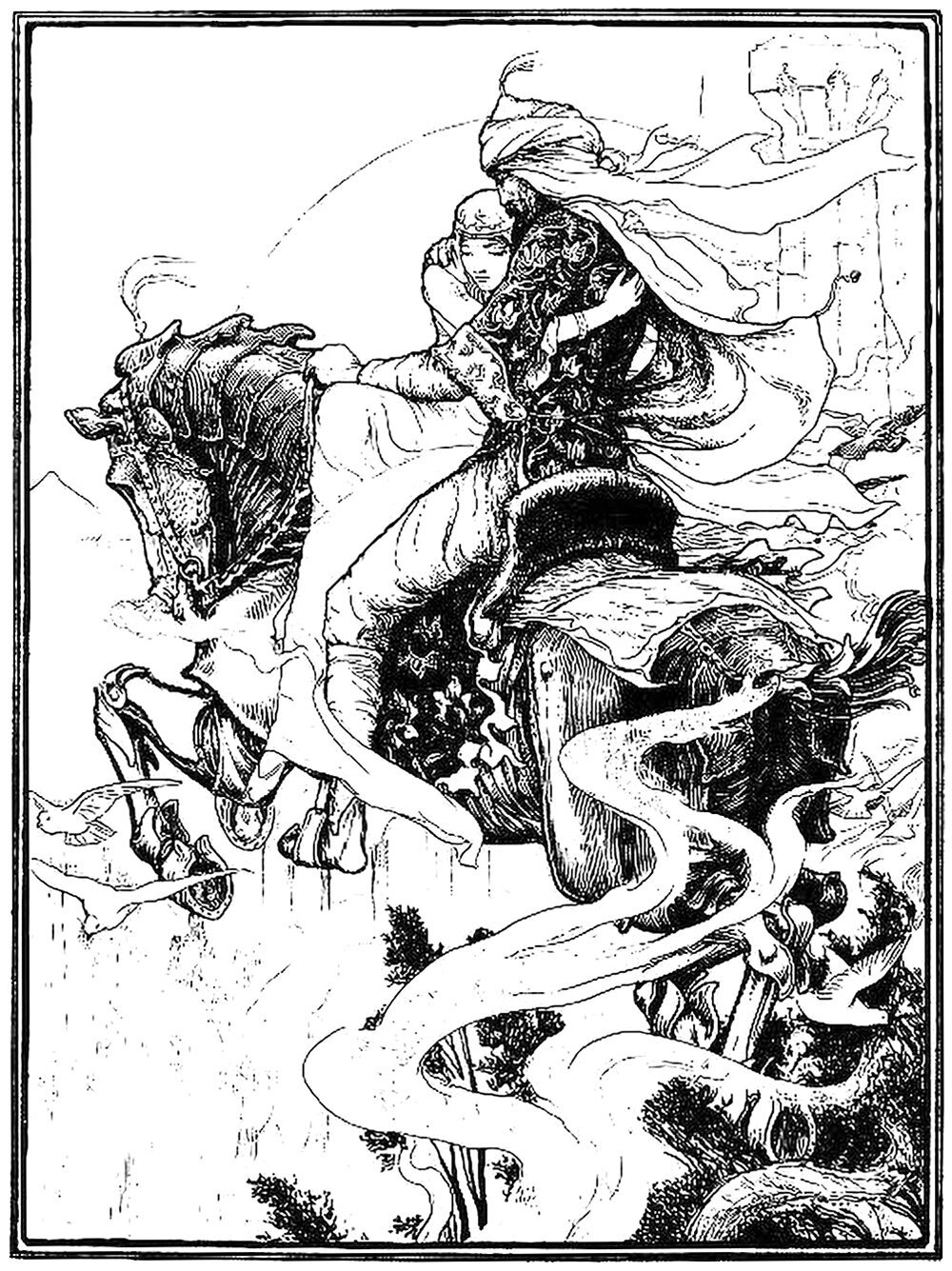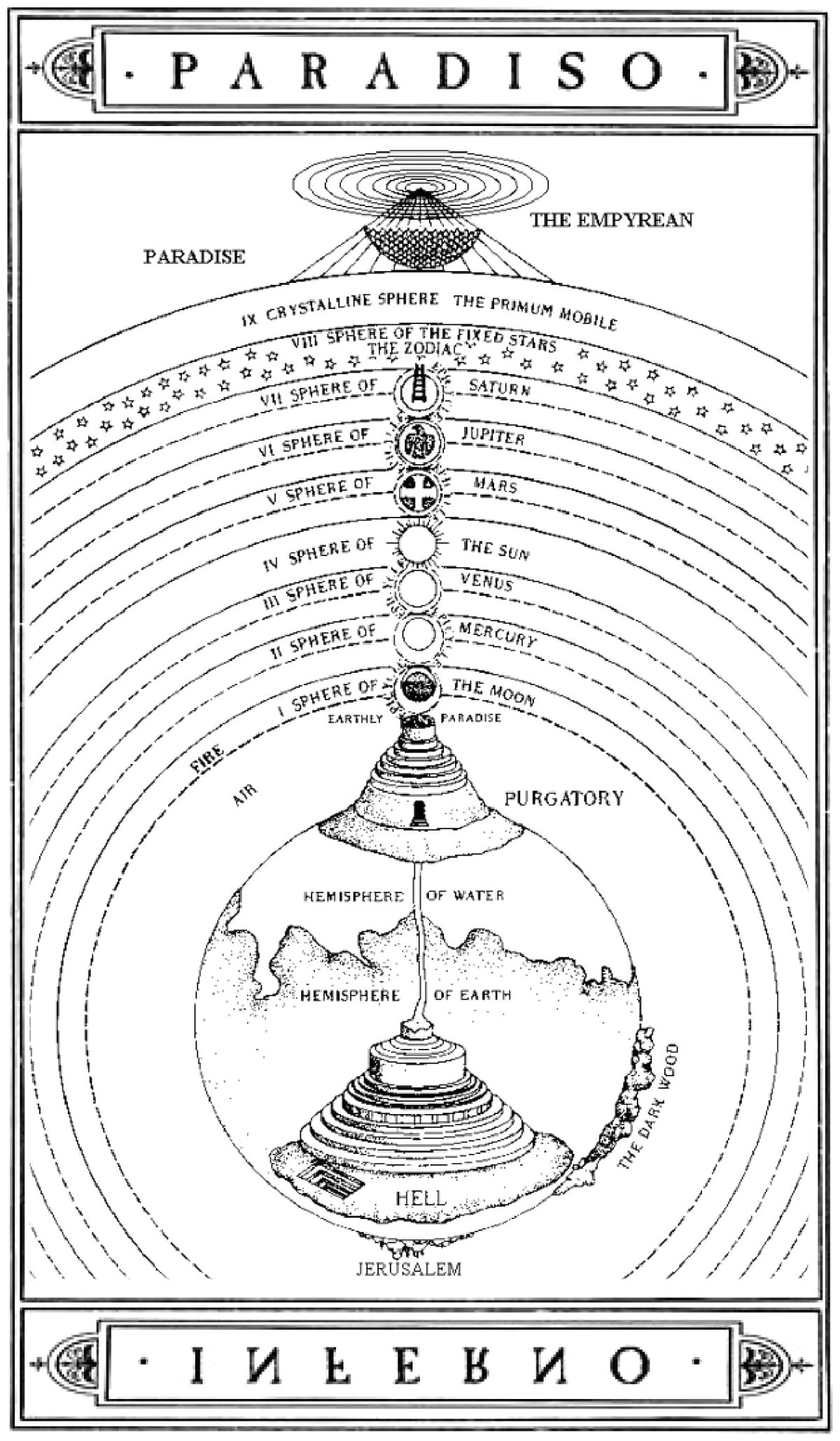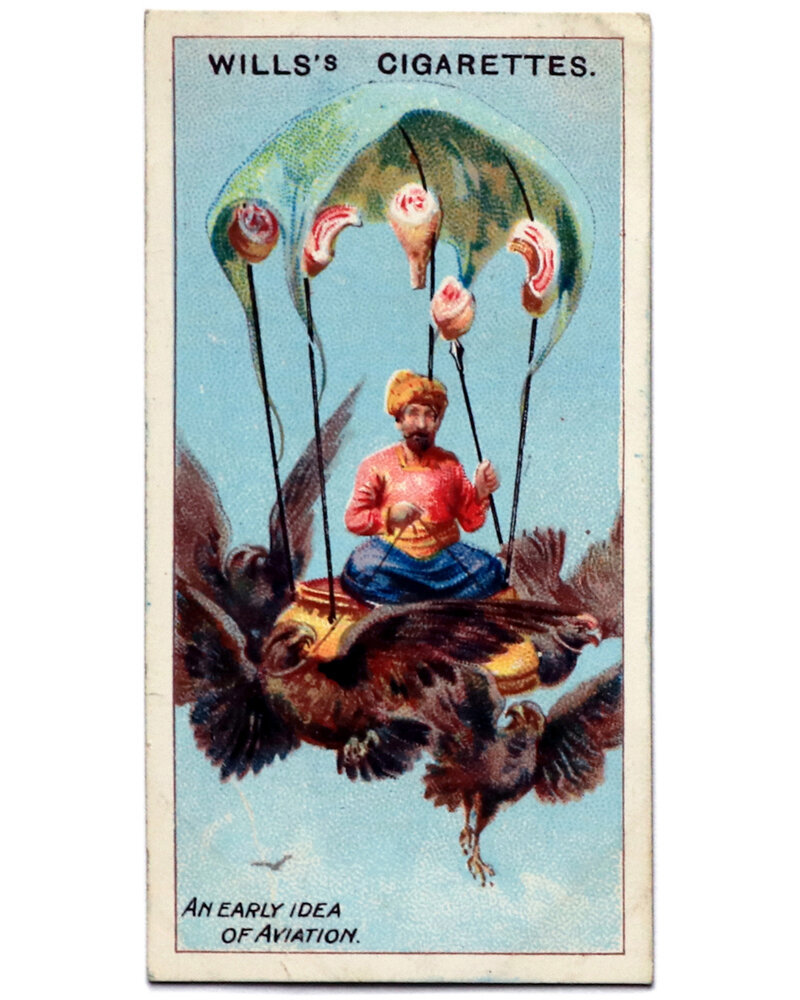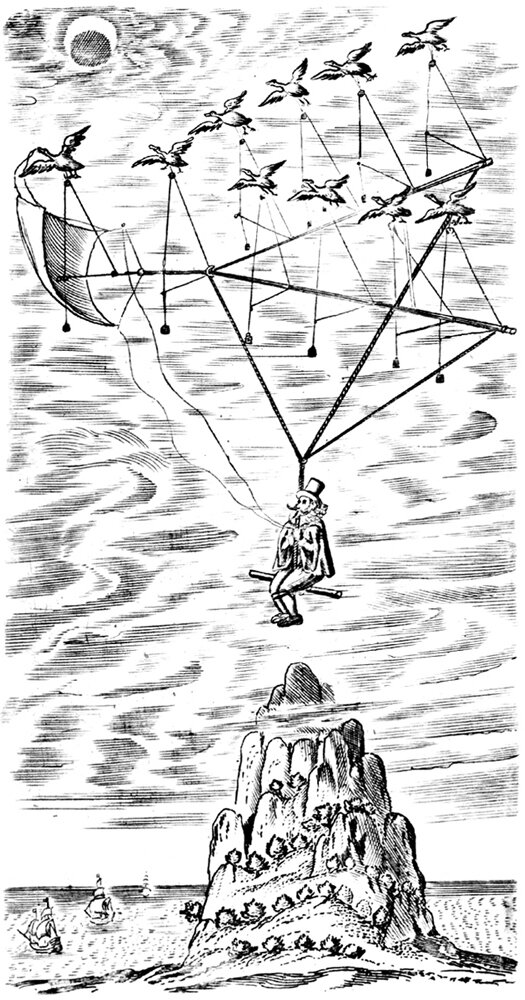Welcome to On Verticality. This blog explores the innate human need to escape the surface of the earth, and our struggles to do so throughout history. If you’re new here, a good place to start is the Theory of Verticality section or the Introduction to Verticality. If you want to receive updates on what’s new with the blog, you can use the Subscribe page to sign up. Thanks for visiting!
Click to filter posts by the three main subjects for the blog : Architecture, Flight and Mountains.
“A greater fear I do not think there was ... when I perceived myself on all sides in the air, and saw extinguished the sight of everything but the monster.”
-From The Divine Comedy, by Dante Alighieri, Italian poet and philosopher, 1265-1321.
The Unpretentious Philosopher
Check out the above illustration. It’s the frontispiece to Louis Guillaume de La Follie’s science-fiction work La philosophe sans Pretention, or The Unpretentious Philosopher, from 1775. What’s most interesting about it is the flying machine featured in the drawing, evidenced by the crowd of onlookers in awe of it.
“The heavens call to you, and circle about you, displaying to you their eternal splendors, and your eye gazes only to earth.”
-From The Divine Comedy, by Dante Alighieri, Italian poet and philosopher, 1265-1321.
The Tale of the Ebony Horse
Pictured above is an illustration from The Tale of the Ebony Horse, which is a folk tale featured in the Arabian Nights. It tells the story of a mechanical horse that has the ability to fly. Throughout the tale, the horse bestows great power on those who know how to operate it, and it illustrates the power of verticality for the rest of us who cannot fly.
Dante’s Divine Comedy and the Vertical Worldview
Dante Alighieri’s epic poem La Divina Commedia, or The Divine Comedy in English, is widely considered one of the world’s greatest works of literature. It tells the fictional story of Dante and his soul’s experience after death. Throughout the story, Dante descends through Inferno, then ascends through Purgatorio and Paradiso. It’s a journey defined by the axis-mundi, and the entire work is rooted in verticality.
Nicolas Edme Rétif’s Flying Man
The above illustration is from Nocolas Edme Rétif’s 1781 novel La Découverte Australe par un Homme-Volant, or The Discovery of the Austral Continent by a Flying Man. The fictional bird suit pictured was built by Victorin, the main character of the novel. He was in love with the daughter of a local lord, and he built a flying suit in order to kidnap her and fly her to the summit of a local mountain, where no people could reach.
The Flying Throne of Kay Kāvus
The oldest examples of flying machines were the stuff of legends and fairy tales, and the most intriguing ones have endured over time. Pictured above is an illustration of one such tale, showing Kay Kāvus, a mythological Iranian King, and his flying throne. Kāvus was a character from the epic poem Shāhnāmeh, or Book of Kings, which was written circa 975-1010AD by the Persian poet Abul-Qâsem Ferdowsi.
The Man in the Moone
Pictured here is the frontispiece to Francis Godwin’s 1657 book The Man in the Moone. The story is an adventure tale about Domingo Gonsales, a Spaniard who builds a flying machine while stranded on an island. The machine is powered by a flock of large swans, held together by a wooden skeleton with a simple seat at the base for Domingo to sit. From this simple perch, Domingo flies to the Moon and back, among other travels throughout the story.






